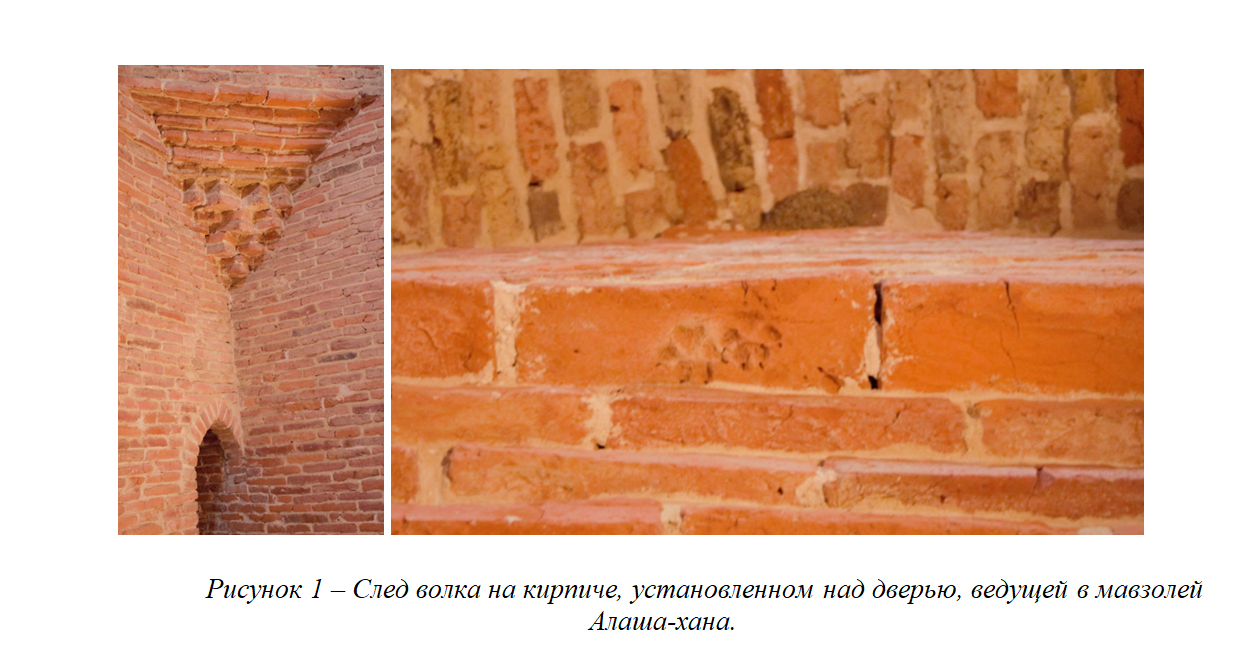KAZNU SCIENTISTS STUDY THE PECULIARITIES OF NOMADIC CIVILIZATION

Scientists of the research center "Study of traditional civilizations of nomads of Central Asia" of Al-Farabi Kazakh National University conduct research on the history and semantics of symbols and attributes in the ethnic culture of nomadic peoples.
On the basis of scientific conclusions and results, new scientific approaches were put forward to substantiate the commonality of historical and ethno-cultural roots of Turkic peoples, formed in a single civilizational space over several centuries.
The results were achieved by the scientists of this center during the development of conceptual issues of ethnogenesis, history and culture of nomadic peoples of Central Asia within the framework of the implementation of the state programs "People in the Flow of History", "Spiritual Revival", "Seven Facets of the Great Steppe".
Today scientists are studying the importance of ethno-geosymbolism in the history of nomads and the peculiarities of their modeling of socio-cultural space, analyzing the data of classical written sources, as well as monuments of oral literature.
The research group, consisting of historians, ethnographers, archaeologists and linguists, conducts a historical and comparative analysis of symbols and attributes of the archaeo-ethnographic heritage on a vast territory from Kazakhstan to the Republic of Turkey.
Research includes the field of ethnoarchaeology as well as the study of intangible culture heritage artifacts. For example, during the ethnographic field expedition, in the mausoleum of Alasha-khan in Ulytau, the towns of Sarayshyk, Kyshkala and Koktam was found a brick with traces of a wolf, which was studied and recognized as a "brick-talisman". A comparative analysis of the similarity of the ornaments on the bricks of the mausoleums of Alasha Khan, Bolgan Ana and Kyshkala madrasahs with the ornaments found in Kazakh handicrafts was carried out.
The scientific missions carried out during the project allowed to collect a unique database. In particular, ethnographic analysis of exhibits stored in the collections of historical and cultural museums of the Republic of Uzbekistan, the cities of Samarkand, Tashkent and the city of Bursa in the Republic of Turkey (e.g. tulip, star, hearth, Baiterek or sacral tree, asatayak, etc.) and archaeological sites located in the country,
As a result of the research, the categories of sacred were described and the symbolic meaning of the elements of nomadic ethnic culture was determined, cultural phenomena reflected in the spiritual values of nomadic society were studied, and scientific conclusions about the peculiarities of the formation of the traditional ethno-cultural system were formulated.
 * A brick-talisman with the same wolf's footprint was found in the Golden Horde city of Saraychik, in the medieval city of Koktam. The brick with a wolf's footprint served as a mascot of the city.
* A brick-talisman with the same wolf's footprint was found in the Golden Horde city of Saraychik, in the medieval city of Koktam. The brick with a wolf's footprint served as a mascot of the city.


Other news


